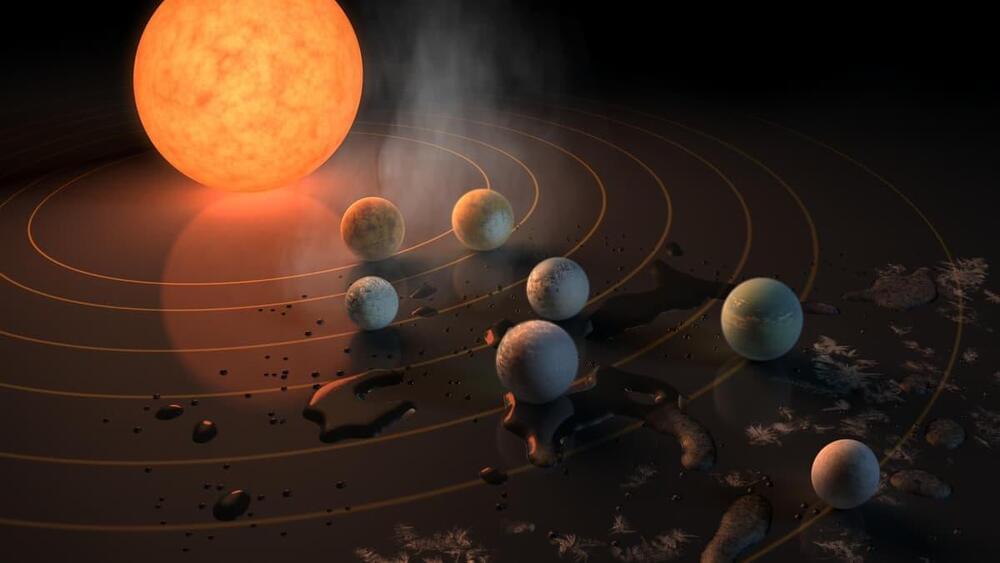Astronomers have classified planetary systems into four distinct categories, based on the sizes and arrangements of their planets. As it turns out, the architecture of our own solar system is the rarest kind.
Decades of telescopes dedicated to the hunt for worlds around stars other than our own Sun have yielded more than 5,300 of these exoplanets so far, contained in 3,910 planetary systems. With that much data astronomers have been able to classify these planets into different groups based on their characteristics – there are rocky planets, gas giants, Super-Earths, mini-Neptunes and water worlds, among others.
But can planetary systems themselves be classified in similar ways? And if so, how does our own solar system stack up on a cosmic scale? Answering those questions was the goal of a new study by scientists in Switzerland, who examined data from all 853 systems known to contain multiple planets.
